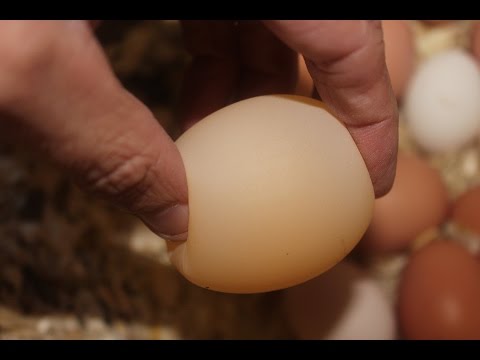some advice


Follow along with the video below to see how to install our site as a web app on your home screen.
Note: This feature may not be available in some browsers.

I wouldn't feed them back their own eggshells, anything thats come out of their body I wouldn't suggest you to feed back to them
What are the opinions about feeding chickens their own shells for calcium? I advocate not to, because of the idea of it stimulating them to eat eggs. Your thoughts?
Beyond personal beliefs, there is absolutely no reason not to feed the shells back to them - and plenty of benefit from doing so.